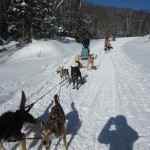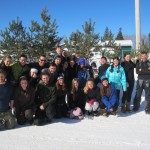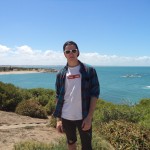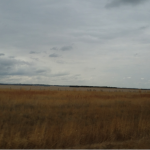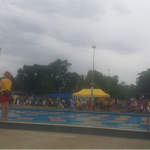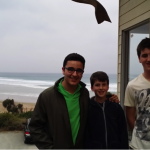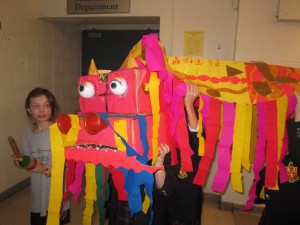Over the week of January 27, five LCC grade 10 students, James Kastner, Zack Shine, Victoria Kalisky, Jennifer Beallor, Arianna Galbraith along with myself, Jessica Lackstein travelled to Haliburton, Ontario. We represented LCC at the Round Square Regional Conference of the Americas hosted by St. Clements School and Bayview Glen School. Students travelled from all corners of the globe in order to attend this conference.
Upon arrival at the hotel our first welcome was from two Colombian students. We exchanged information and instantly became friends. As more and more delegates from their respective countries began introducing themselves to us we came to the realization that although we came from complete different corners of the world, we have much in common.
While riding the three-hour drive up to Camp Wanakita, everyone was beaming with laughter, cheer and pride. I recall sitting on the bus with my friend and saying, “ I can’t believe students travelled all the way from Australia!” Just then, someone from Australia peeked through the crack between our chairs and said, “Australia? I’m sorry but you said Australia! That’s where I’m from!” From all his pride and excitement I knew the people I would meet and the friendships I would make would last forever. From that moment on all my worries and fears had diminished and I was more than ready for what the next four days had to offer.
At the camp we participated in various outdoor activities such as: snowshoeing, cross-country skiing, high ropes course and dogsledding, an obvious favourite. Although it seems as if it was all “fun and games” we incorporated many new leadership skills into each activity. Whether it was helping the driver guide the dogsled through the blistering cold or encouraging your friend to climb the high ropes course, there were leadership skills involved in every process.
The most challenging yet most educational activity was an indoor evening activity. Twenty-three different qualities such as: love for learning, curiosity and open-mindedness were all placed on the floor and we were told to sit at the one that we felt was our strongest. It took a good three minutes for everyone to decide where they felt the strongest connection and even then people still had a very distinct look of uncertainty on their face. Once everyone had decided, we were asked to stand up one by one and explain to a room of about 50 people why we felt this was our strongest quality. To be able to stand up in front of 50 complete strangers and talk about myself was one of the hardest challenges.
After completing the first exercise, we had to then sit by our weakest quality and address the room once more. One by one, we all got up and addressed the room. Not only were we speaking up about our weaknesses and our strengths but we are also becoming more self-aware. As more people spoke, the room got louder and more people voiced their opinion. Everyone seemed far more motivated and determined to succeed and most importantly more aware of their position in the world.
The conference was an experience of a lifetime. To anyone interested in attending a conference, whether it is the junior or the senior Round Square, I highly recommend attending. The bonds created and lessons learned will last forever. Most importantly, we learned what it takes to be a great leader and how to integrate leadership qualities into every thing you do in life. – Jessica Lackstein ’15

